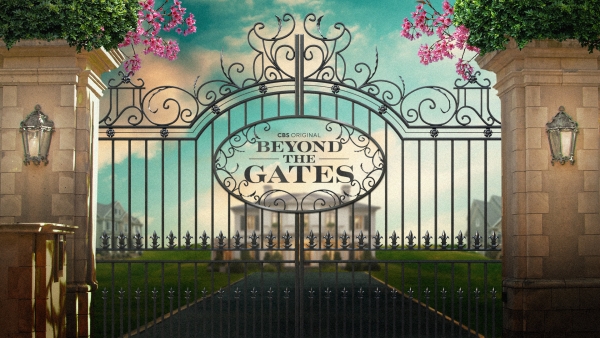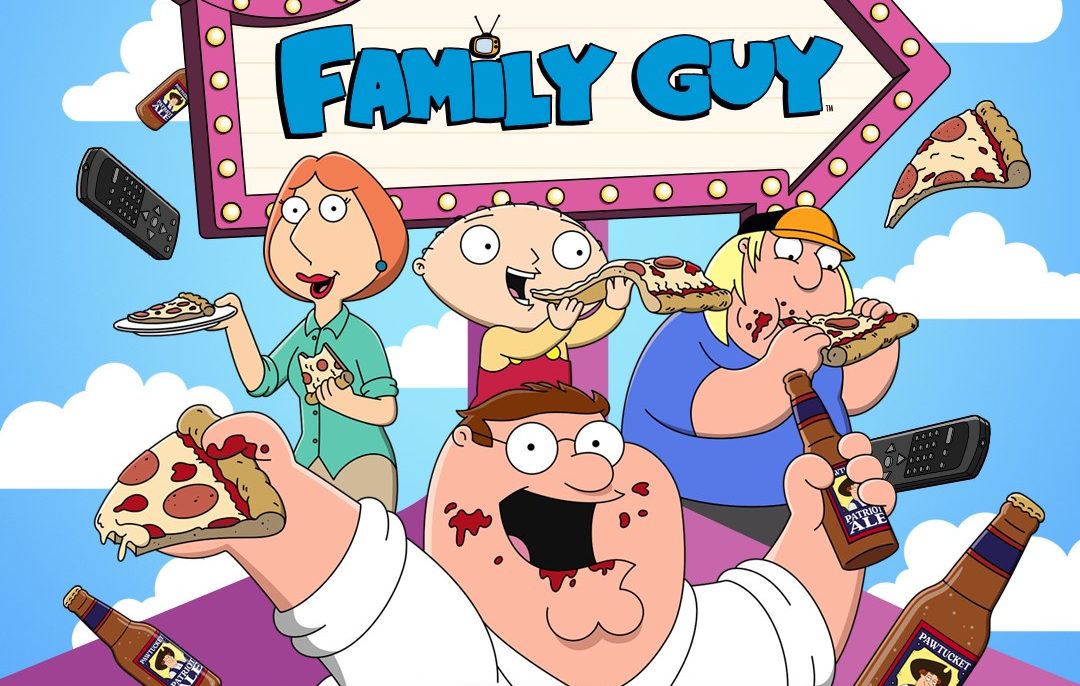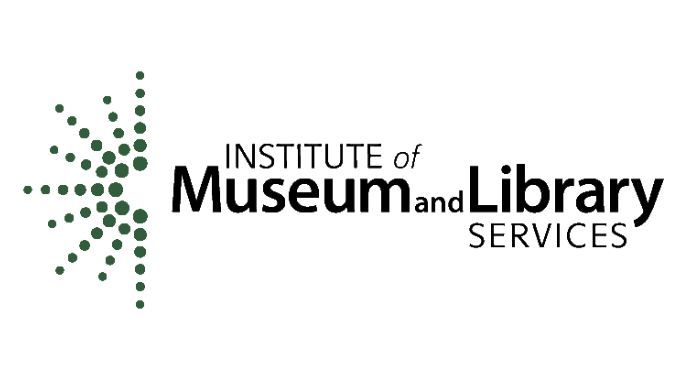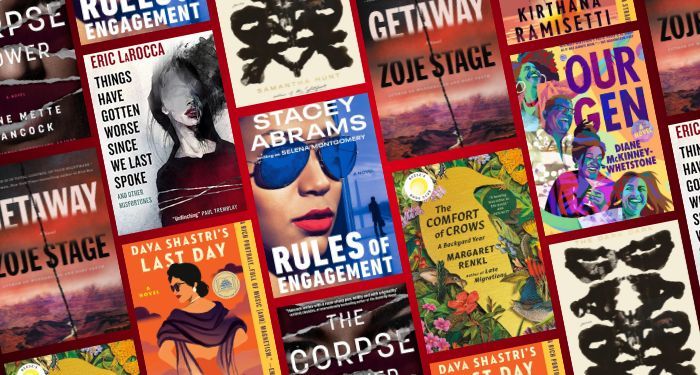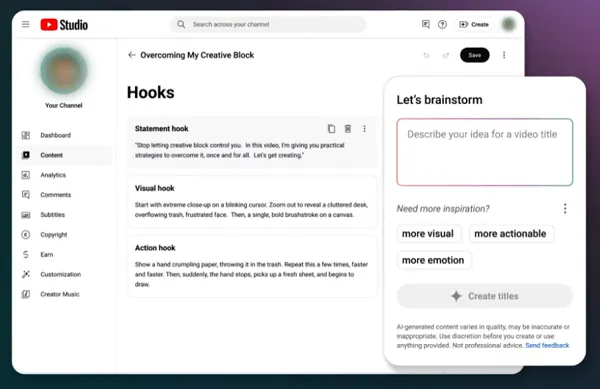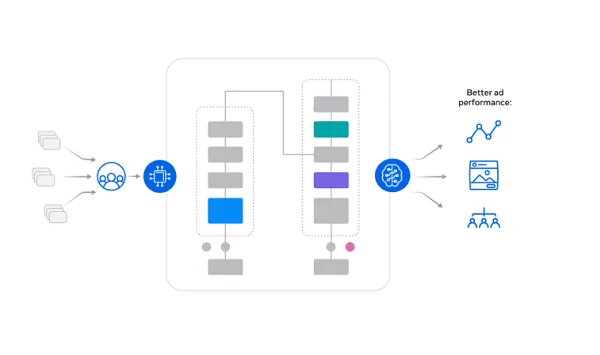The last 12 months once again showed the history of business advantage to be a largely cautionary tale, with once category-defining companies like Boeing, Starbucks, Intel and Nike sustaining serious brand and business damage. Their setbacks illustrate what can happen when a culture of excellence erodes, reflecting a malaise that’s quietly suffocating innovation and ambition across our business culture at large.
Simply, U.S. workplaces have, over time, become increasingly willing to accept and endorse merely adequate performance. Even amidst the threat of disruption posed by rapid advancements in AI, most leaders have yet to meaningfully interrogate the ability of their businesses to deliver sustained value and growth. Among the companies evaluating new innovations, many are seeking to drive incremental benefits rather than transform their operating models or value propositions. And others are engaged in barely concealed hand-waving exercises, putting on a show for board members, investors, journalists and other stakeholders.
The sense of complacency, along with short-termism and hubris, has spread throughout organizations, with employees across industries living the shared experience of bureaucracy-laden, bloated environments defined by busy work, quarterly short-term financial focus, diluted decision-making, “going along to get along” and uninspiring aspirations. This has fostered cultures lacking in a sense of urgency, high standards, attention to detail and building brands and infrastructure for the long-term, giving rise to phenomena like “quiet quitting,” which affects roughly half of the U.S. workforce, according to a 2022 Gallup poll.
Organizations that continue down this path not only risk losing their competitive edge but also the very essence of what makes a company thrive—its culture of excellence and accountability. Every day they spend under a cloud of mediocrity is a day in which they forfeit the opportunity to lead, innovate and exceed expectations—potentially ceding their competitive advantage.
This culture hijacking is more than a missed opportunity; it’s a betrayal of potential. Leaders are allowing the relentless pursuit of greatness to be suffocated by environments that tolerate far less. The cost of this inaction is immeasurable—not just in lost revenue and market share, but in the slow, silent death of a workplace’s spirit and ambition.
Leaders looking to win in 2025 must reject these low expectations and rebuild their cultural foundations and competitive advantages, which center on a massively transformative purpose, codified principles and carefully selected people. They will then need to achieve alignment of purpose, principles and people, creating the powerful core that allows everyone to efficiently work together toward common goals, with a clear understanding of objectives and the collective effort required to reach them. This unity not only drives performance but also fuels innovation and builds resilience, as employees are empowered and motivated to contribute their best.
Still, this foundation is not enough. Leading by example, CEOs must also demand the dedication and work ethic that yields highest quality execution and stellar customer experience, using smarter, more targeted analytics to provide clear, objective indicators of performance and opportunities for improvement. How work and core processes function need to be re-thought and fully redesigned for efficiency, quality, cost efficiency and great outcomes, with technology and AI applied for material improvements on all aspects.
Crucially, leaders must also avoid resting on their laurels and the trap of taking their market position, people and/or customer loyalty for granted. Embodying humility, they must embrace a learning mindset that always leaves room for growth, constantly pushing the boundaries of improvement and innovation.
Take note, those who engage and lead in this work should be prepared for pushback. Change resistance is typical in workplace settings, especially in organizations with deeply embedded bureaucratic cultures. But strong leadership is not about accommodating everyone, and it’s required to create an environment in which the right people can sustain and accelerate momentum, and the business can be put in a position of competitive advantage.
What’s more, many people—sometimes unexpectedly—discover they are far happier in high-performing environments. They achieve greater satisfaction and sense of purpose working alongside individuals who match their energy and level of commitment in pursuit of something larger than themselves.
Cultures that foster this sense of pride and shared values surrounding hard work and achievement turbocharge well-devised organizational strategies and wisely placed Big Bets. What’s more, they reinforce standards of excellence, encouraging leaders to think bigger and act bolder.
Executives that commit to reclaiming their cultures and competitive advantage, taking the necessary, actionable steps, will create the strongest possible organizations with the most engaged teams and the greatest outlook for success—in 2025 and beyond. Those that continue to settle for mediocrity will suffer its contagion, eventually ceding their market positions and becoming increasingly irrelevant.















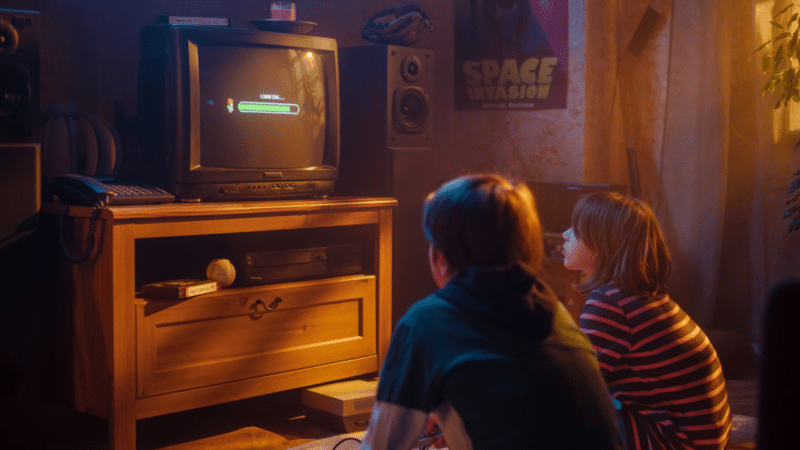













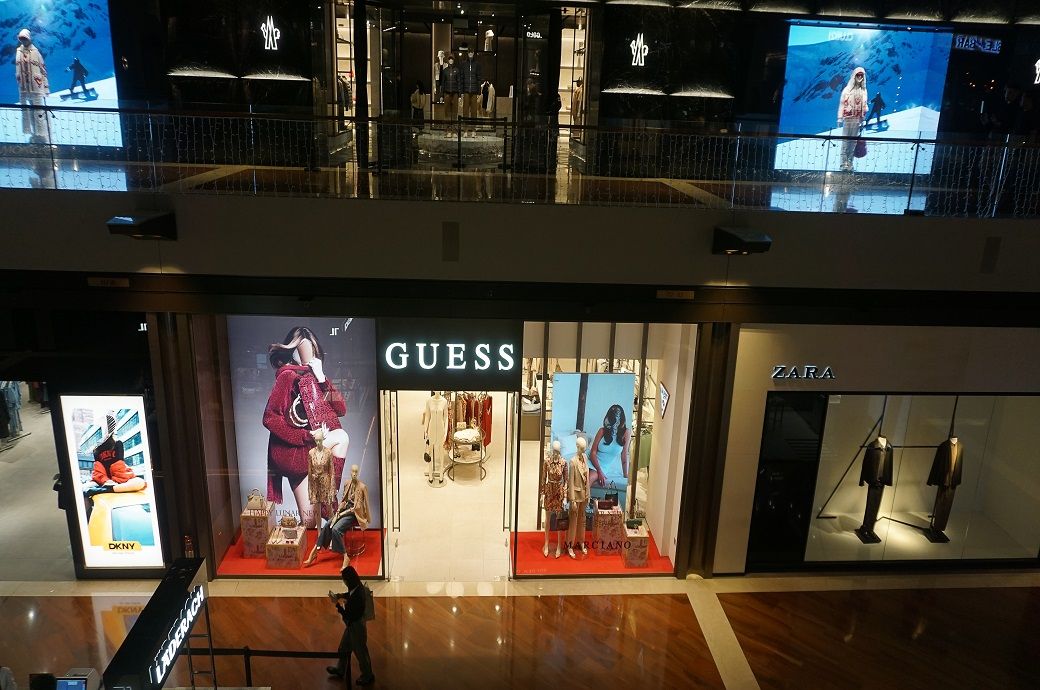







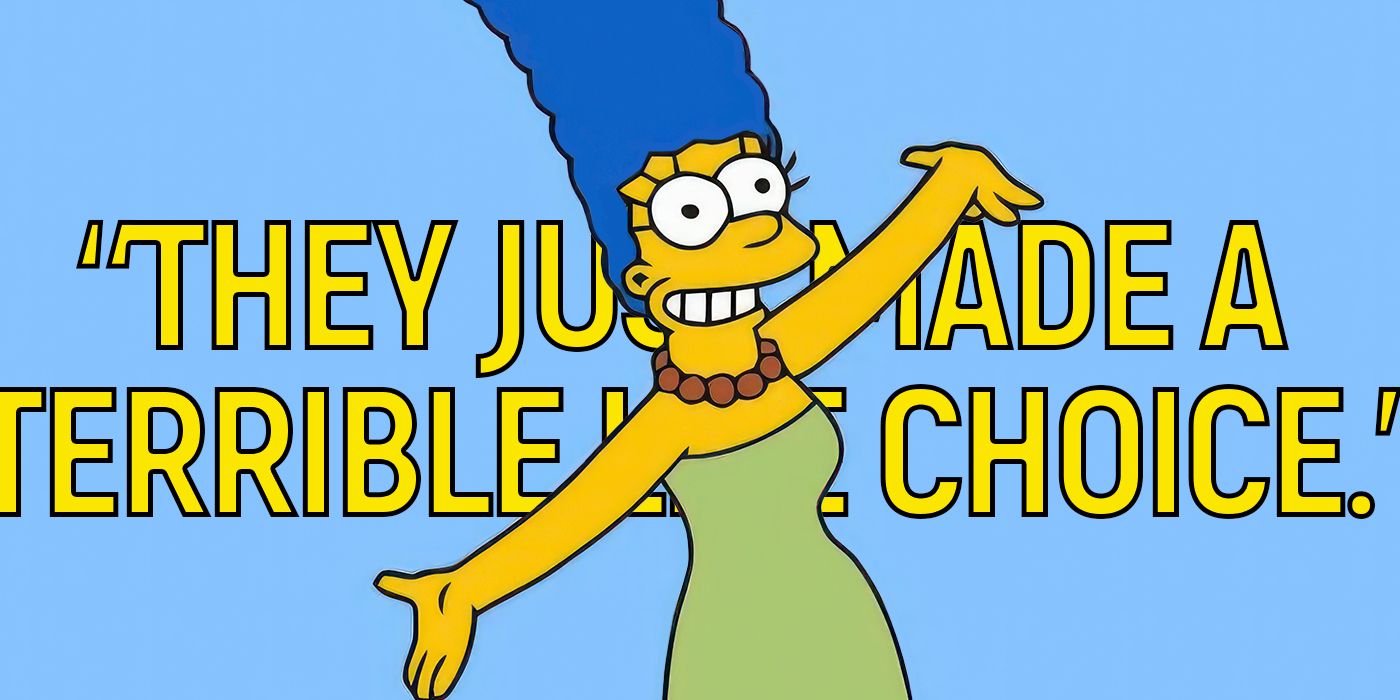


![Spider-Man Is Back in Black With the Green Goblin in New Funko Pop! Figures [Exclusive] Spider-Man Is Back in Black With the Green Goblin in New Funko Pop! Figures [Exclusive]](https://static1.colliderimages.com/wordpress/wp-content/uploads/2025/03/spider-man-the-animated-series-green-goblin.jpg)


